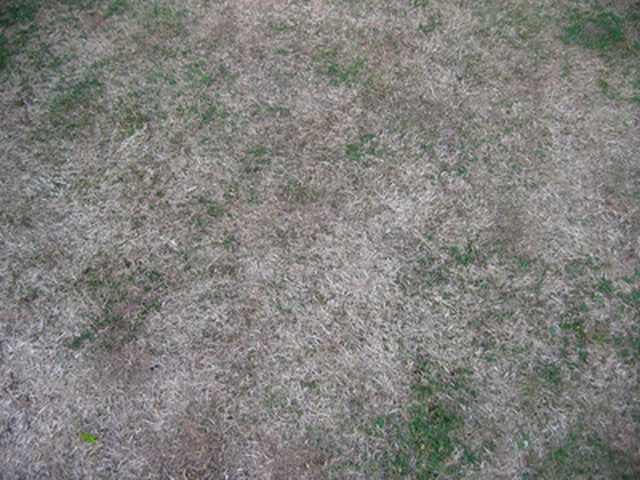Bulbs
Flower Basics
Flower Beds & Specialty Gardens
Flower Garden
Garden Furniture
Garden Gnomes
Garden Seeds
Garden Sheds
Garden Statues
Garden Tools & Supplies
Gardening Basics
Green & Organic
Groundcovers & Vines
Growing Annuals
Growing Basil
Growing Beans
Growing Berries
Growing Blueberries
Growing Cactus
Growing Corn
Growing Cotton
Growing Edibles
Growing Flowers
Growing Garlic
Growing Grapes
Growing Grass
Growing Herbs
Growing Jasmine
Growing Mint
Growing Mushrooms
Orchids
Growing Peanuts
Growing Perennials
Growing Plants
Growing Rosemary
Growing Roses
Growing Strawberries
Growing Sunflowers
Growing Thyme
Growing Tomatoes
Growing Tulips
Growing Vegetables
Herb Basics
Herb Garden
Indoor Growing
Landscaping Basics
Landscaping Patios
Landscaping Plants
Landscaping Shrubs
Landscaping Trees
Landscaping Walks & Pathways
Lawn Basics
Lawn Maintenance
Lawn Mowers
Lawn Ornaments
Lawn Planting
Lawn Tools
Outdoor Growing
Overall Landscape Planning
Pests, Weeds & Problems
Plant Basics
Rock Garden
Rose Garden
Shrubs
Soil
Specialty Gardens
Trees
Vegetable Garden
Yard Maintenance
How to Control Lawn Grubs
How to Control Lawn Grubs. Lawn grubs are the larvae of different bugs, including June and Japanese beetles, which lay their eggs in the grass at night when the soil is warm. Grub damage appears as brown spots in the lawn because, as the larvae eat the grass roots, it dries out and dies. There's no need to be concerned with small infestations, but...

Lawn grubs are the larvae of different bugs, including June and Japanese beetles, which lay their eggs in the grass at night when the soil is warm. Grub damage appears as brown spots in the lawn because, as the larvae eat the grass roots, it dries out and dies. There's no need to be concerned with small infestations, but if you see 10 or more grubs per square foot of sod, you should take action to protect your lawn.
Things You'll Need
Water
Lawn mower
Fertilizer
Bacillus popilliae
Drop spreader
Parasitic nematodes
Sprayer
Walk on the grass wearing lawn-aerator sandals. According to Sandra Mason of the University of Illinois Extension Office, the spikes on these sandals pierced an average of two lawn grubs per inch when University of Colorado Researchers walked the lawn three to five times wearing them.
Keep your lawn healthy. In a Michigan State University Extension Office fact sheet, George Silva explains that watering your lawn regularly, cutting it and removing dry and dead grass strengthens it against grub infestation. If you use pesticide, Silva suggests you apply it only to the areas where you see grubs.
Apply organic pesticide to your lawn. To kill Japanese beetle grubs, use a drop spreader to add bacillus popilliae, sold as milky spore and bacterial spores, to the lawn. Apply them once in the spring, summer and fall for two years. You can also spray parasitic nematodes to control other beetles' grubs. The manufactured product (Grub Away) comes as a gel that you dissolve in water before spraying on the lawn.